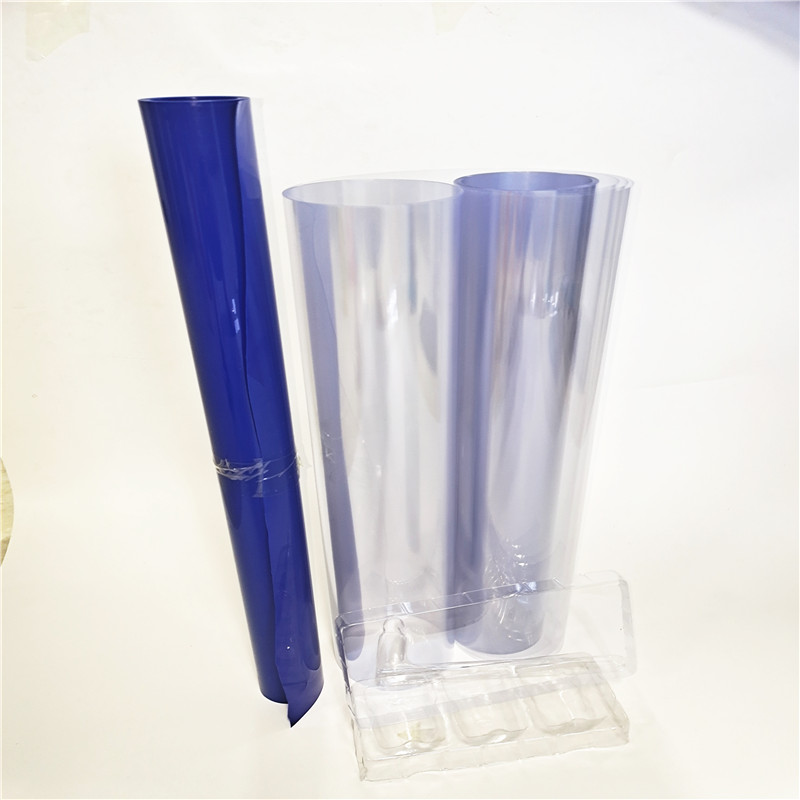I have two sentences Currently in terms of extracting platinum group metals, used mainly in industry re-election, flotation and their joint process, which is the most widely used flotation. 1, reselection: a platinum group metal mineral density are 7 g / cc or more, especially natural metal and an intermetallic compound more than 10 g / cm, common natural platinum, platinum mines crude, osmium, iridium ore as high as 15 ~22 g / cm3, not only much higher than the common gangue (generally 2.5 ~ 2.75 g / cm3, a few up to 4.3 g / cm3), and higher than the common base metal minerals (generally density 3.6 to 5.5 g / cc, only individual minerals such as galena 7.2 to 7.6 g / cc, but is rare in platinum ores). Therefore, as long as the particle size is large (generally greater than 0.04 mm), the monomer can be dissociated and re-selected for enrichment. It is generally used to treat platinum group metals with larger particle size of platinum group metals in gab mines and ore. For some platinum ores, it is often supplemented by amalgamation or magnetic separation processes to improve concentrate grade and recovery. 2, flotation: Platinum group minerals are more hydrophobic and can adhere to the bubbles, and most of the resources currently mined, fine-grained platinum group minerals are usually symbiotic copper , nickel- sulfur minerals, so flotation has become today Platinum-containing minerals are the most important and the most widely used mineral processing tool. However, due to the high density of the platinum group minerals, when the particle size is large, the re-election method is supplemented, that is, the heavy and floating combined processes can be more effectively and comprehensively recovered. Flotation is currently mainly used to treat copper sulfide ore, so that platinum group minerals and copper and nickel sulfides are recovered together. The sorting effect of platinum group metal minerals is related to various factors such as grinding fineness, medium acidity, type and amount of medicament, and process arrangement. Experiments are often required on the characteristics of different ores to determine reasonable process and technical conditions. 3. Combined process of heavy and floating: For ore with larger particle size of platinum group minerals, the combination of re-election and flotation can make full use of the advantages of both and obtain better results. The Russenberg Platinum Company of South Africa used the heavy-floating combined method to treat platinum-containing oxidized and sulfided ore in the 1930s. After the flotation of the Wattwell plant in the 1960s, it was re-elected with a suede chute. “Russenburg Platinum Minerals†(containing platinum 30% to 35%, palladium 4% to 6%, gold 2% to 3%, 钌 0.5%) and mixed flotation concentrates (containing platinum group metals 110 to 150 g/cubic In centimeters, the ratio is: platinum 63%, palladium 24%, 钌 5.3%, 铑 3.9%, 锇 3.0%, 铱 0.9%), and the total recovery of platinum and palladium is about 90%.
Polyvinyl chloride plastic is a polymer formed by free radical polymerization of vinyl chloride monomer. The English name is polyviny chloride, or PVC for short.
0.038mm-0.35mm
3tons
30% deposit,balance within 7 days after BL copy
ISO 9001 ;SGS;TUV
PVC uncoated card overlay film package:
PE FILM INSIDE + KRAFT OUTSIDE+PALLET
Our company adopts the protection angle of the paper shell imported from Taiwan, which can ensure the integrity of the goods to the maximum extent in the transportation process.
Pvc Films,Card Material Pvc,Colorful Pvc Films,Pvc Transparent Hard Sheet Shandong Top Leader Plastic Packing CO., LTD , https://www.sdzlplastic.com
PVC is one of the largest plastic products in the world. It is cheap and widely used. PVC resin is white or light yellow powder. Different additives can be added according to different purposes, and PVC plastics can present different physical and mechanical properties. Adding an appropriate amount of plasticizer to the polyvinyl chloride resin can make a variety of hard, soft and transparent products. PVC can be divided into soft PVC and hard PVC. Soft PVC is generally used for floors, ceilings and leather surfaces, but because soft PVC contains softeners (this is also the difference between soft PVC and hard PVC), it is easy to become brittle and difficult to store, so its scope of use is limited. Rigid PVC does not contain softeners, so it has good flexibility, easy forming, not brittle, non-toxic and pollution-free, and has a long storage time, so it has great development and application value. The essence of PVC is a kind of vacuum blister film, which is used for the surface packaging of various panels, so it is also called decorative film and adhesive film, which is used in building materials, packaging, medicine and many other industries. Among them, the building materials industry accounts for the largest proportion at 60%, followed by the packaging industry, and there are several other small-scale applications. According to the molecular weight, PVC can be divided into two types: general-purpose type and high-polymerization type. Our commonly used PVC resins are all universal.
Product
PVC uncoated card overlay film
Thickness
Width
max<1430mm
Packing
PE film+kraft paper+pallet
Color
transparent
Supply Ability
5000 tons/month
Material
100% virgin Japan or Taiwan material
Delivery time
Within 15 days after deposit
MOQ
Payment term
Certificate
Paper tube Core:76MM
Paper tube thickness: 10mm
Paper tube port: No burrs and shredded paper are allowed. It is not allowed to stick with tape. Both ends of the paper tube are flush with the product.
Weight: 1kg
